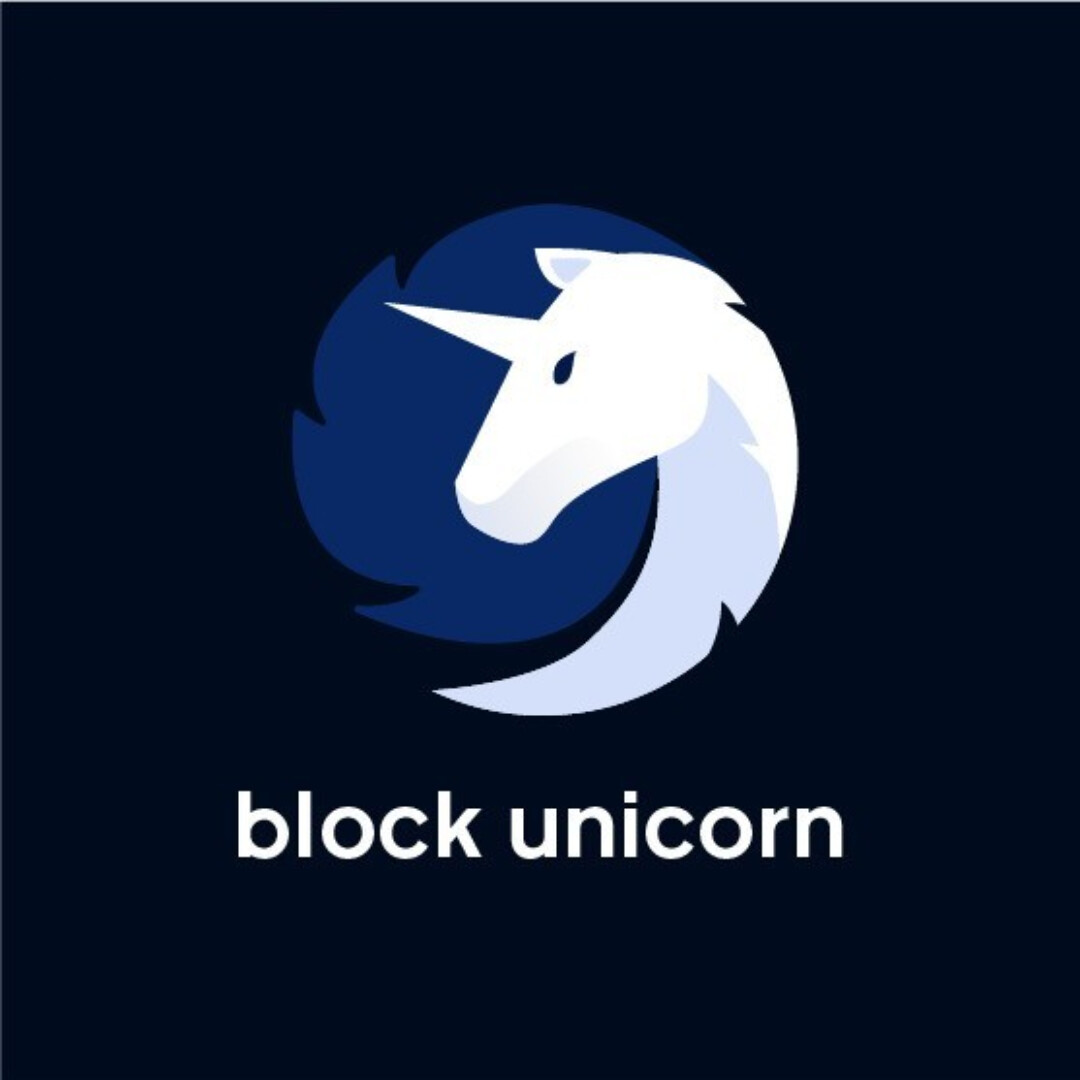一文探讨Web3的生存框架
原文作者:Joel John
原文编译:Block unicorn

承认数字资产领域所做的所有愚蠢的事情,以及我们为什么这样做的原因。这也是我为了确定该行业的下一步发展方向所做的尝试,它与你们中的许多人产生了共鸣。
说到这里,我为该行业的初创企业和风险投资商的下一步可能出现的情况制定了一些框架。它是基于我用来思考哪些企业可能在熊市的底部起飞的心理模型,我想在未来几个季度里花时间研究。
2022 年 3 月,我写了关于聚合理论及其在Web3的应用。这将使新一代的企业有可能以以前不可能的速度建立和扩大规模。想想 OpenSea。没有团队验证平台上出售的每只无聊猿是否是原创。只要涉及的是正确的智能合约,就不会有重复资产交易的担忧。
在传统市场,如亚马逊,或 Facebook 的广告市场,每一个新的市场互动的边际成本会随着更多的用户来到平台而上升,因为欺诈的可能性很高。即使在数字消费品中,如流媒体音乐(在 Spotify 上)或通过 Steam 销售游戏中的物品,边际成本也随着用户数量的增加而增加。当一个平台有一万个用户时,你所做的欺诈检查与一个有一百万个用户的平台所要求的明显不同,区块链倾向于将这种成本压缩到零。
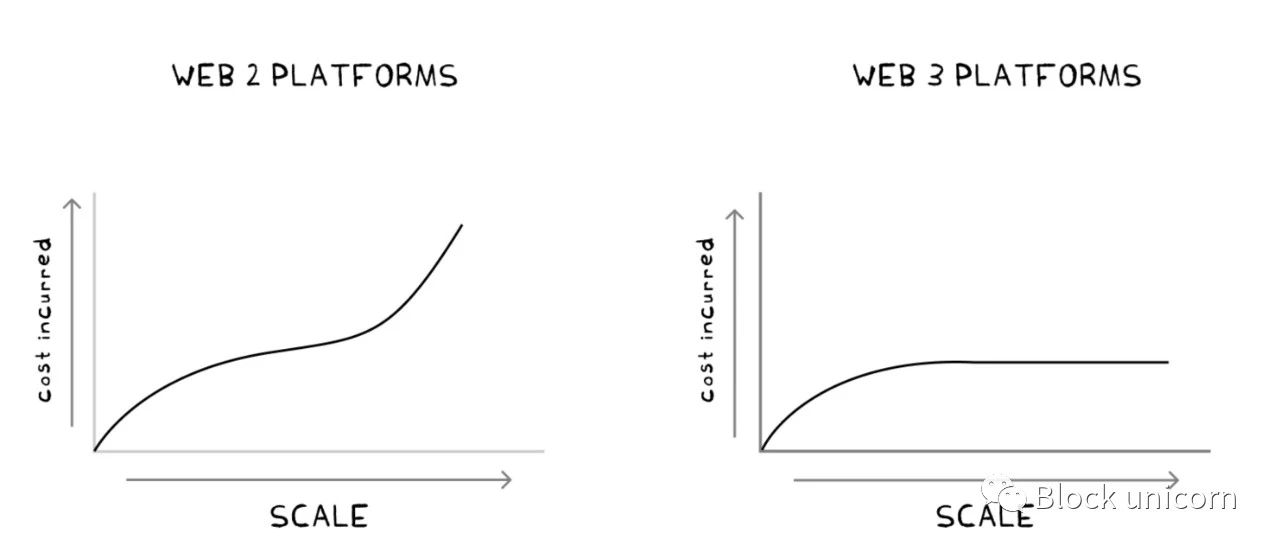
上面的图表显示了过去十年中典型的互联网原生平台的成本。首先,在招聘、开发和获取用户方面有一个初始的成本积累。然后,随着现有的程序加入越来越多的用户,成本趋于平稳。最后,一旦达到了维持相对市场份额的临界质量,烧钱就会加速。
就像 Uniswap 这样的Web3平台而言,最初的成本是在代码部署和审计方面。用户承担了向资金池增加流动性的成本。因此,随着平台的扩大,没有边际成本的增加。与区块链相关的 dApps 是独特的,因为无论发生多少百万次交易,边际成本(对比风险企业)往往保持平稳。
然而,在构建区块链优先的应用程序时,会有一个风险。那就是流动资金。大多数新兴企业都在争夺两种资源中的一种。一个是注意力。而另一个是资本。传统的web2媒体平台通过强大的网络效应侵入你的头脑或钱包。一旦他们的用户群达到临界质量,人们实际上就被迫注册 Facebook 或 WhatsApp 等平台,因为不参与的代价是错过重要的更新或事件。这些平台成为了城市广场,世界上所发生的一切事物都可以在城市广场看到,通往文明的大门(以及文明的最终崩溃也在这里发生)。
但是,像 Meta 这样的公司之所以能够建立这种注意力的流动性,是因为用户可以很容易地登录它们。(我用 “ 流动性 ” 这个词来宽泛地指用户在一个应用程序上花费的时间)。例如,WhatsApp 几乎不需要人们有一个电子邮件地址就可以加入。这在印度等新兴市场发挥了关键作用,在那里,电话号码是用户拥有的唯一数字身份形式。
同样,Instagram 在平台起飞时也利用了现有的行为模式。人们习惯于为自己的日常活动拍照。Instagram 只是让这个过程变得更容易。利用人类频繁社交的倾向或对虚荣永不满足的欲望并不是什么火箭科学(事后来看)。
公共问题
与今天的Web3应用程序相比,在用户得到他们想要的东西之前,切换链条、钱包和网页界面是一个复杂的迷宫。如果你的目标是一个愿意为缺乏替代方案而忍受痛苦的小众群体,这是可以接受的。例如,稳定币在新兴市场提供了比银行更好的用户体验,因为银行的处理速度太慢。
但如果你想扩大到数千万用户,情况就不一样了。如今,大多数 dapp 所面临的挑战是,它们正在一个去中心化的生态系统中争夺存量份额,目前Web3用户总量不及传统互联网生态系统的 10% 。
研究人员发现,今天的 dApps 只吸引了对波动性和风险有兴趣的用户。这可能确实是事实,但这种反身性在两个方面发挥作用。1 )当价格呈上升趋势时,人们会大量涌入同一交易。2 )当市场崩溃时,人们会亏损并完全离开这个行业,过度波动的面向消费者的应用程序没有考虑到消费者的最佳利益,在熊市中是不可持续的。硬塞进这些产品的投机狂潮是暂时的黑客行为,使随机的代币持有者致富。

忽视数字资产背景下资本外逃是多么容易的事情,这将会敲响 dApps 的丧钟。就规模而言,Binance 在 24 小时内有 30 亿美元从其余额中流出(Nansen 12 月 14 日数据)。像我们现在所处的熊市,在黑客攻击或缺乏风险资金之前,就能通过消费者的冷漠杀死初创企业。
第三类风险企业往往难以吸引足够的用户来启动网络效应,而网络效应来自于庞大的用户群。在缺乏用户的情况下,创始人倾向于增加更多的功能。他们认为增加一个工程师或多雇佣几个销售人员就能解决他们的问题,关键员工的雇佣费用很高,烧钱速度增加,几个月后,风险企业不得不关闭商店,不符合产品需求。有时,扼杀初创企业的不是产品功能的缺乏,也不是销售渠道的中断。只是,人们对产品所提供的东西不够关心,冷漠会杀死人。
与冷漠作斗争
市场是一个钟摆,在兴奋期和冷漠期之间摇摆。牛市和熊市周期是对人类情绪的量化衡量。但是,市场周期还有一种不同的表现方式:在聚合和拆分的时期之间,两者都是消费者注意力波动的后遗症,让我解释一下。
聚合理论认为,将庞大的用户群聚集在一起,可以降低销售渠道成本,使 OpenSea 这样的新型商业模式成为可能。拆分则与聚合理论的情况截然相反。在这一时期,创始人转而专注于具有粘性用户群的利基垂直领域,而不是在市场冷漠期间痴迷于扩大用户数量。
当你有一个小的用户群时,分销成本会增加。这意味着初创企业如果希望在熊市中生存,就需要能够从每个用户身上榨取更多的钱。(用硅谷的话说就是 CAC 与 LTV)。确保每个用户都能增加你的收入的方法是,剥离产品中所有 "不错 "的部分,专注满足现有的用户,痴迷那些更愿意付费的少数用户。
互联网的发展有几个这样的例子,亚马逊颠覆了我们所知道的商业,但它开始是痴迷帮助书呆子在线购买书籍。Facebook 呢?但它最初的例子是让常春藤联盟的学生们给他们的同学打分,当然,它今天可以被用来推翻政府和传播宣传。Netflix 呢?他们的生产预算比今天印度的教育预算还要多,但他们在开始时只是专注于将 DVD 送到家里。你知道我在说什么吗?
出现这种情况是有原因的,专注于一个单一痛点的产品能更快地脱颖而出。当公司只专注于一个很小的功能子集时,就能减少烧钱。而当某件事情简单时,客户的获取就会有机地发生。这些都是产品快速迭代的阶段,随着时间的推移,因为产品不断完善,用户提出了希望在产品中加入哪些 "好东西"。
这在过去的几个熊市周期中得到了体现。在他们最开始的时候,Nansen 专注于允许用户跟踪钱包和代币转移;此后,他们扩展到 DAO、NFT 和多链世界。Binance 最初是一个现货交易的地方,此后,他们扩展到行业生态经济,支持衍生品交易再到 OTC、游戏、VC 等其他业务。最后,CoinMarketcap 和 CoinGecko 开始时只是提供代币价格数据的平台,今天你打开 CoinGecko,你会看到他们如何在适当的时候扩展到一个交易终端,一个投资组合经理,一个研究中心和一个 API 供应商。看懂趋势变化了吗?
少数 DeFi 企业也采取了同样的策略。例如,Curve 开始时是一个专门关注稳定币的自动做市商。这个基于 AMM 的交易所成为价值数百万的稳定币相互交易的最佳场所之一,低交易滑点甚至超越了 FTX 这样的中心化交易所。通过专注于一个特定的垂直领域,他们避免了与 Uniswap 正面交锋,Uniswap 正在扩大到未上市资产的长尾资产。
但是,这些企业(或 dApp)会一直保持聚合的状态吗?并非如此。一旦有足够数量的流动性——无论是注意力还是资本——进入产品,团队可能会增加其他子功能,以便更好地在其生态系统内保留用户。以 Aave 为例,他们很早就开始了借贷产品,当时可能有五个可靠的参与者在追求这个机会。此后,他们在 AAVE 界面内整合了资产交易的功能,截至 2022 年 8 月,他们计划在市场上发布他们的稳定币。
用保罗-格雷厄姆的话说,拆分是一种努力,目的是做一些没有规模化的事情。它是对少数未被现有企业服务的小众客户的追求,对少数无处可去的用户进行精心策划,以解决企业的具体问题。拆分可以在几乎没有竞争对手的情况下解锁全新的客户基础,它改变了早期风险企业的单位经济效益。获取用户的成本降低意味着更快的盈利途径,或者有更多的机会进行迭代,直到你找到 PMF(用户需求)。
拆分杠杆的作用
到目前为止,我说的都不是完全经过检验的理论。创始人应该降低 CAC(用户获取成本),并专注于建立重要的工具,这是一个常识。到目前为止,我所做的只是给出了一个心理模型,并举例说明了过去的拆分是如何进行的。但是,如果你想,我应该专注于拆分我正在构建的东西,因为我没有任何 PMF(用户需求的数据),你将如何去做呢?
创始人可以通过专注于实现区块链的关键功能,再创造一个子功能产品。如果你是一个创始人,确定你的产品主功能中是否具备创造其他的子功能,因为它们可能会帮助你在复制的海洋中建立一个护城河。这些杠杆的作用,与我之前所说的都息息相关——所有的初创企业都在获取注意力和资本。
资本效率
我相信,在资本密集型创业公司(如 DeFi)的背景下,通过提高产品的资本效率,可以实现产品的拆解。其基本论点是,消费者会流向成本最低的市场。如果你能够不断迭代一个功能以降低成本,它就会吸引用户。
我用“资本效率”作为衡量标准——衡量一家企业在没有瓶颈的情况下扩大规模所需的资金(TVL)。如果 1 亿美元的销量需要 10 亿美元的用户存款,那么你就有了负债机器。以代币的形式提供激励可以从用户那里获得资金,但这意味着该企业可能在智能合约上会面临黑客攻击。
在行业有一些这样的例子,例如,像0x Matcha (聚合 DEX)和 Hashflow(l 是一个免受 MEV 攻击、零滑点的 DEX)这样的产品,通过直接从做市商那里获得报价,专注于保护消费者免受 MEV(矿工可提取价值)的影响。因此,他们可以为将以太坊转换为 USDC 的大额订单提供比币安更好的报价,尽管存在中心化风险。
Hashflow 通过成为转换数量有限的资产的最佳场所,累计完成了近 120 亿美元的交易。相比之下,Uniswap 通过自动做市商(AMM)模式,追求市值较小长尾资产。

区块链链桥也有类似的情况,链桥经常被黑客攻击,有足够的证据表明,持有数十亿美元的链桥智能合约可能不是一个好主意。在行业也有其他选择,例如,Biconomy(跨链桥基础设施)的 Hyphen(跨链桥应用)已经为 54, 000 多名用户提供了 1.78 亿美元的交易量,而他们的智能合约中仅锁定了 300 万美元。
那么借贷呢?当然,将数十亿美元放在收益率低于银行账户的协议中,听起来并不理智。但这就是我们现在的情况,因为在低波动时期,人们对借贷的欲望通常较小。如果为借贷提供的大量资金被闲置,协议收益率将下降。
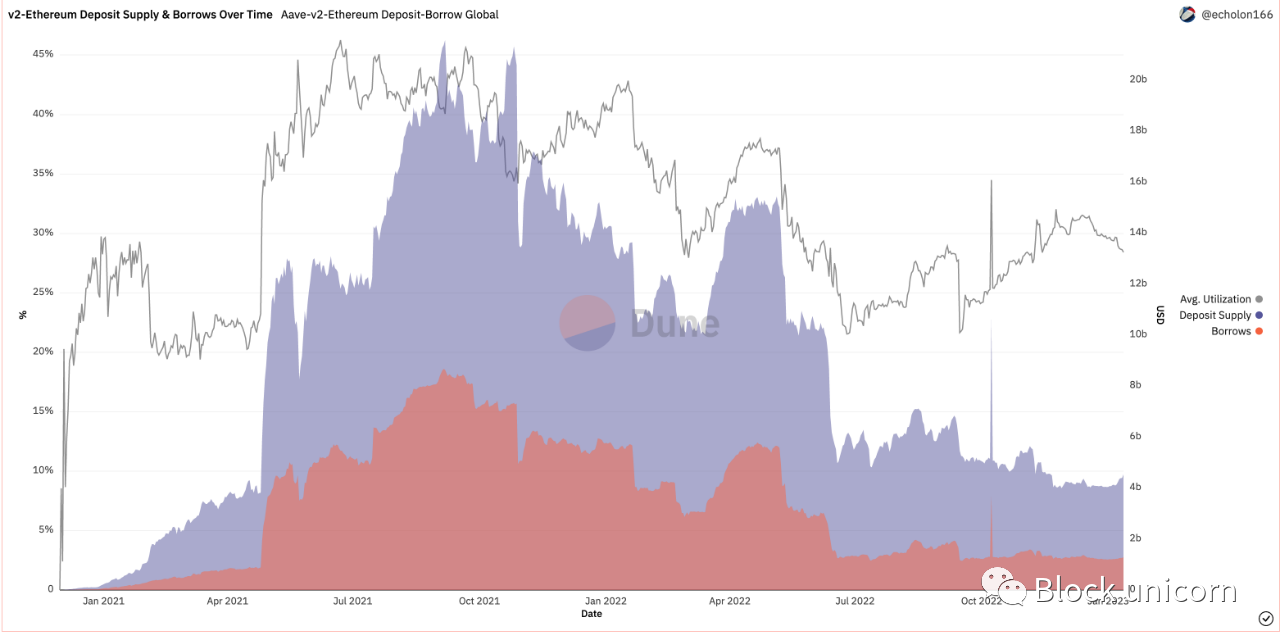
用来衡量的一个指标是平均利用率。它被定义为借贷金额除以存入的总资本。在 Aave 这样的平台上,过去几年的平均利用率约为 30% 。
像 Gearbox 这样较新原生 DEFI 借贷产品,其资金利用率高达 70% 。当然,这是两个不同的产品,无法作为比较,因为一个是借贷产品,另一个提供保证金,为更大的资本池提供收益的能力将在未来几个月开始变得更加重要。如果你是一个创始人,考虑对现有的产品线做哪些改变,以减少客户的成本或提高他们的回报,可能会有帮助。当围绕着产品的投机变得没有意义时,只有这两件事是最重要(减少客户成本和提高他们的收益)。
当涉及到面向消费者的应用程序时,资本效率部分变得更加相关。因为你正在与传统银行和金融科技公司的单位经济进行竞争。除非成本有增量下降,否则用户可能不会做出转换。
我们已经看到了这种情况的发生,像 Moonpay 和 On-meta 这样的风险投资公司已经大大降低了零售用户购买少量加密货币的时间和成本,过去,购买少量加密货币需要几个小时和至少 20-30 美元的资金。前几天我试了一下 On-meta,他们把成本降到了 4 美元和几分钟。
加密赌博让我们走到这一步,不会让我们与下一个十亿人息息相关,这就引出我的下一个拆分杠杆——确定下一个十亿用户。
行业建设
我们经常讨论等待数十亿美元的风险投资资金部署,创业公司筹集数千万美元的情况也不再罕见。但即使有这么多资金,创始人也很少能洞察到他们的目标客户是谁。如今,早期创业者最追求的数据集是获得用户的成本(CAC)。在这个行业中,很少有人知道获取交易用户的成本是多少,更少人了解它的历史定价。
从历史上看,没有这些数据是可以接受的。因为象征性的激励通常意味着创始人不必通过付费渠道(比如广告)来吸引用户。该协议规定了 CAC(获得用户的成本)。但是,如果你的即时路线图中没有代币计划,你如何破解这个问题呢?这是大多数(股权)资金充裕的风险投资公司不得不面对的难题。
假设您确实拥有 CAC 数据,则需要对用户角色有更多的了解。早些时候,你可能会认为使用 Uniswap 的人只是另一个堕落的农民。但随着行业的发展,这些产品的用户类型将以非常复杂的形式演变,需要有工具来识别他们。
例如,一般的假设是,一般基于移动的游戏者是一个 12 岁的孩子,试图让他们在家庭晚餐后放松。相反,移动游戏行业的许多付费用户是 40 岁的女性。
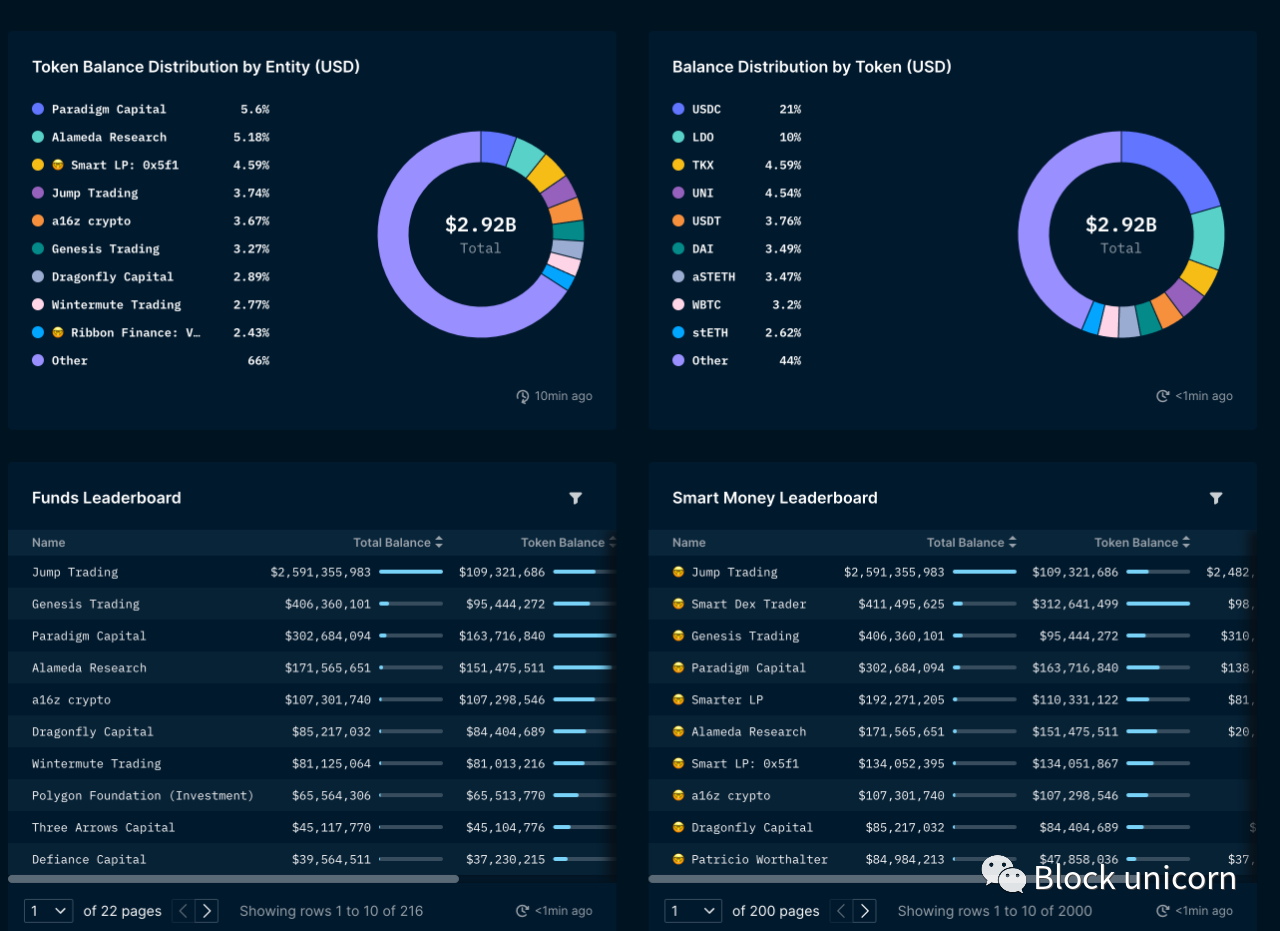
Nansen 意识到了这种需求,这就是为什么他们的产品依赖于根据钱包里的操作来标记用户画像。例如,将钱包标记为——smart money(聪明的钱包)或 Heavy Dex Trader(重度 DEX 交易者),使链上侦探能够获得特定交易背后的背景信息。为数不多的几家新企业正在 “ 场景化 ” 用户画像业务,Layer 3、Galxe 和 Rabbithole 负责管理新创业公司可以通过任务锁定的用户画像。
新成立的初创公司通常会与这些平台合作,以确定并锁定他们的初始用户。像 Layer 3 这样的平台不像 Nansen 那样使用历史数据来识别用户,而是根据平台内的操作对用户进行排名。例如,假设你有一个用户在平台上完成了所有与游戏相关的活动;当新游戏的用户体验进入市场时,瞄准特定的用户可能是有意义的。在平台上建立链上身份的用户会从最近的每一次活动中获得指数级收益,因为只有少数用户会完成所有这些活动。
如果你使用背景建设作为松绑的杠杆,看一下垂直利基市场可能会有好处。例如,随着 NFT 热潮的出现,一类新的投资组合管理和 NFT 发现平台启动。最近,游戏作为一个行业被金融科技等公司所追捧。出现这种情况的原因是,每个新的垂直领域都有完全不同的消费者。
例如,对游戏感兴趣的用户可能不关心 Arbitrum 上复杂的新 DeFi 收益农场,但他们可能会熬夜看他们喜欢的 twitch 流媒体人第一次尝试新Web3游戏。如果你是一个来自游戏垂直领域的创始人,与一个知名的 twitch 流媒体人合作,可能比让一个 “ 加密货币影响者 ” 在推特上介绍你更容易。
易于使用和发现
消费者很难找到合适的工具,就像初创企业很难确定正确的用户一样。一种思考方式是,我们正处于 dApp 的共享时代,用户是为了收益而来,却因为黑客而陷入困境。Web3的有趣之处在于它对产品发布没有限制门槛,但它也将用户暴露在尚未投入生产的风险中。
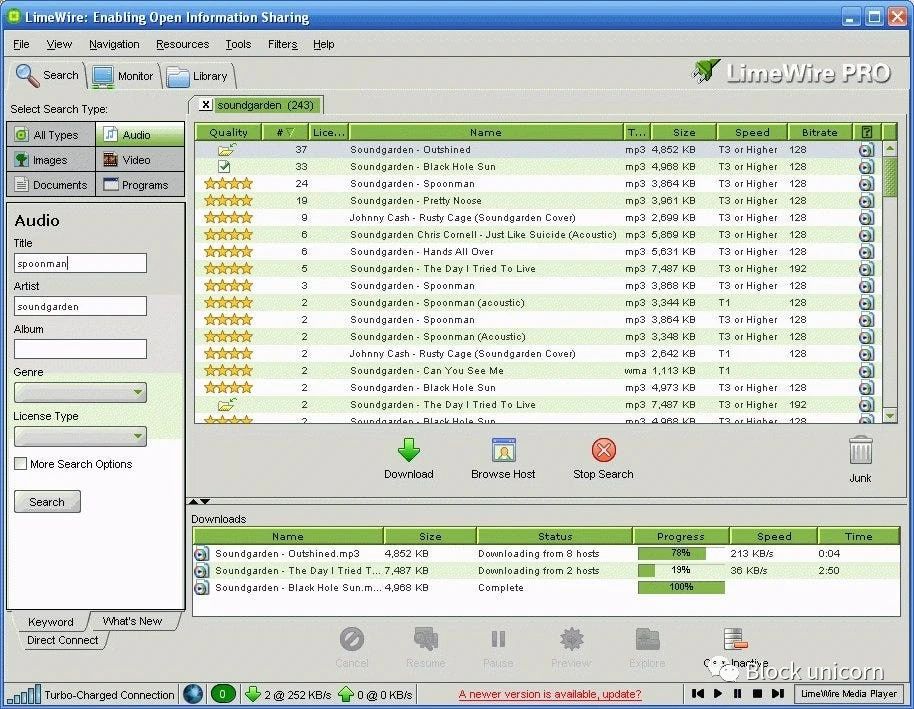
Limewire PRO 是一个文件资源分享平台,官司打输之后被迫关门,Limewire 到 Spotify,耗费了十年的时间
缓解这种情况的方法之一是通过推广策划,例如,Darren Lau 的 Daily Ape 迅速成为一个城镇广场,有大约 55, 000 人订阅他们的新闻。同样地,Sov 的 Compendium 对分析和新闻简报感兴趣的用户策划了一些工具。这两个都是策划推广产生的引擎,将人们吸引到其他资源。
但是有一种不同的方法,那就是通过数据平台。在规模上,它看起来像 DApp Radar 或 Token Terminal。两者都使用链上数据来阐明用户的数量和他们在生态系统中突出的 DApp 上的活动。同样,DeepDAO 也揭示了发生在 DAO 的活动(其实这些产品背后的动机是拓展其他应用或子产品)。
注意到这些是如何进入特定的垂直领域的吗?一个追求 dao,另一个分享 DApp 的数据,第三个更容易通过传统财务指标的镜头来看待区块链应用程序。它们都是数据平台,但它们对数据进行了重新包装,以便为不同系列的用户提供帮助。在接下来的几年里,以其他格式显示相同数据的多个推广策划引擎将成为常态。
因为你只能知道交易的频率或 nft 的交易量。您需要特定于行业的背景,这些背景只来自已经在该行业工作过的个人。这些产品的用户需要与传统替代品进行比较,才能发现Web3产品是否更好。RWA.xyz 就是一个例子,它展示了 DeFi 中的现实世界资产借贷平台是如何相互比较的。
由于行业正处于信任赤字时代,我们需要能够深入了解垂直细分市场平台使用情况的产品。建立合法性的唯一途径是彻底的透明,但并不是每个人都需要数据来做出选择。最终用户通常想要一个 “ 有围墙的花园 ”,在那里他们有他们需要的东西。
这就是建立 SDK 以嵌入链桥、借贷或交易等功能的创始人的意义所在。他们承担一个单一的组件(如交易资产),将其拆分并作为一个功能提供给多个企业使用,如 MetaMask。
追求拆分策略的创始人在 MetaMask 建立销售工具从中获益,另一方面,用户则受益于不会在与一个未知的智能合约互动时损失所有的钱。例如,Biconomys Gasless SDK 最近 100 thieves NFT 中, 60 多万名首次铸造者无需花费任何 Gas(交易手续费)即可获得他们的第一个 NFT。
建筑护城河
让我们回顾一下我刚才说的话,市场在拆分和聚合之间摇摆,这是因为在一个新兴的行业中,资本和注意力的流动性潜在不足。在流动性的高峰期,有可能启动一个聚合器并找到注意力。但是,当没有人关心的时候,最好是关注那些由于缺乏替代品而需要你的小部分用户。这些用户更有粘性,消费更多,并提供有价值的反馈,帮助扩大产品。
拆分,其核心是扔掉产品中的花边,垂直于某一细分市场。它使企业在与现有企业的竞争中具有优势,因为它改变了服务客户的单位经济。当一个风险企业在销售渠道方面遇到困难时,从每个用户身上获取更多资金将决定它是倒闭,还是进行后续融资。由于消费者缺乏选择,垂直专业化使创始人能够收取更多费用。
新进入者无法复制用于识别用户(比如 Nansen)的专有模型,也无法一夜之间在 Layer 3 这样的平台上复制回头客。SDK 供应商多年来建立的业务关系很难与之竞争。因此,从本质上讲,拆分会让早期创业公司更难与之竞争。
我所说的一切都假设我们将与投机欲望的缺乏和对我们建立的工具的信任不足作斗争。熊市并不仅仅是数字的下降,在资不抵债之前,我们就会因无关紧要而消亡。拆分就是让产品与垂直领域的用户有足够的相关性,让他们不断回到你正在构建的产品上。同时,并充分区分风险,以避免争夺同样有限的注意力。

